We're going to make a confession: by launching a survey on a subject as painful and intimate as injuries, we thought we would put off a lot of our regulars. And yet, 158 of you responded to our detailed questionnaire, containing barbaric words and evocations such as tendinopathy, epicondylitis, testicular trauma, etc.
Better, you have gone beyond our questions by adding injuries that we had not mentioned, by telling us about your most stubborn sores and by sharing your tips for dealing with them. This deserves a BIG THANK YOU from us for the time spent and the trust you have shown us.
But let's now go into the details of this subject which feeds many conversations between players of padel.
Are women less often injured?
■ 90% men.- This is unfortunately a recurring finding: women are a very small minority among our respondents, but also among practitioners of padel. On injuries, only 10% of responses come from ladies and 90% from gentlemen. Would the latter have a greater propensity to talk about their injuries and to complain about them? Unless women are more resistant, a little less daredevil, more aware of their limits and therefore less often injured? Huge question.
■ You play a lot.- The people who answered us play a lot and often. As the graph below shows, more than 46% of our respondents play between 10 and 20 hours per month, or at least two sessions per week; and nearly 25% of players do more than 20 hours of padel per month ! So you are real buffs. Overall, almost 95% of respondents play more than four hours per month. And the more you play, the more you risk getting injured...
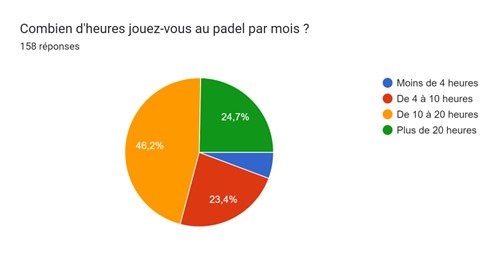
■ Captain's age.- The age of our respondents ranges from 21 to 73 years old, with an average of 40 years old. The least represented age groups are those over 55 and under 30. We cannot deduce from this that these age groups injure themselves less than the others, because they are also the least represented (along with minors) among the players of padel and no doubt also among the readers of Padel Magazine. It is no less true that the thirties, forties and young fifties are the most numerous among our respondents.
Lower body pain padel
■ The legs more than the head.- Older folks may remember the game show”Head and Legs“, which in the 1960s and 70s combined cerebral and physical tests. At padel, even if you have to think a lot, it is more often to legs that we get hurt: 29,1% of our respondents have already suffered a leg injury and 25,9% knee. If we add the 29,1% of ankles sore and 2,5% injuries to the pied, we see that the lower body suffers at the padel. Especially since in the “other” category, some respondents mentioned injuries to the Calf in heel in Achilles' tendon, to adductors or foot arch. In summary, the lower body is the first location of your injuries.
On the other hand, injuries to the head concern 12% of players, i.e. nearly one in eight. The most obvious cause is a shock against a ball, a racket, glass, a fence or the ground. One of you even broke a tooth while playing, several others suffered eye injuries, always following shocks.
■ Big arm vs small arm.- As in any racquet sport, the arm is in great demand padel. This is even more true with rackets weighing 370 grams on average than with badminton or table tennis rackets. 52,5% of you tell us that they have already injured their dominant arm and 2% their non-dominant arm; This of course includes the elbow, shoulders, main and wrist.
■ Full back.- Knowing that three quarters of the population have lower back pain during their adult life, it is not surprising to find them on a trail of padel. The good news is that back injuries from padel fortunately do not concern 75% of players, but “only” 27,8% – which is already a lot.
■ Ouch! At the border between the upper and lower body of gentlemen, the testicles are sometimes exposed to low blows, either when an opposing smash hits them directly or after a rebound. Five of our respondents, or 3,2% of our sample, have suffered such a mishap which can, at worst, go as far as a burst with hemorrhage. Others have suffered “bursitis”, but these inflammations concern other scholarships, located at the level of the joints.
Tendonitis, star of sores
After locating the ailments, let's go into the details of the ailments most often suffered by players of padel.
■ Tendinitis.- This inflammation is the star injury in racket players. THE padel is no exception. According to your statements, 71 of our 158 players have already suffered, that is almost 45%. The main remedy for this is rest. Even the world No. 1 Juan Lebron is no exception and had to give up several tournaments this year.
And among the tendinitis, the most common in padel is epicondylitis external, or elbow tendonitis, an inflammatory reaction of the tendon that connects the muscles of the forearm to the epicondyle. 26,6% of our panel know it all too well...
■ Sprain and strain.- The third place on our podium is occupied by sprains and strains, which 21,5% of you have already experienced. That of the ankle is unfortunately a classic padel, to which our colleague Julien Bondia has already devoted an article to read here. It is sometimes favored by tracks without apparent sand, acclaimed by players but not without disadvantages. The sprain or strain often takes time to heal and can lead to fragility and risk of recurrence.
■ Tears and lower back pain stick in a pocket handkerchief: 18,4% of you have already torn your muscles, while 17,7% suffer from back pain, often chronically. And 3,2% of our respondents have to put up with a herniated disc, most often lumbar (lower back) but sometimes cervical. Hernia is also a very frequent pathology in adults between the ages of 30 and 55, the majority age group in padel.
■ Of everything, a little.- Among the other most common injuries to the padel, two are related to impacts on the ground, against fences or a racket: skin burns (17,1%) and wounds, open or not (16,5%). Follow, in this painful list, the elongations (11,4%), the meniscus damage (7,6%), the ligament ruptures (5,7%) or Achilles' tendon (3,8%). Then come the broken bones (4,4%) and testicular trauma (3,2%) which we have already mentioned above.
To this “perverse” inventory, some of you have added the following fun, with sometimes poetic names: post-traumatic cataract, patellar syndrome, torticollis, bloody eye, broken tooth, fascia rupture, muscle disinsertion , rotator cuff injury, etc.
Hospitalizations and operations sometimes necessary
■ Rare hospitalizations.- To the question “Have you ever been hospitalized following one or more injuries related to padel ?”, we fortunately received a very large majority of negative responses. But some have sometimes had to go briefly to the emergency room, or even stay a day, two days or three in the hospital. The most serious case required a six-week hospitalization for one of our respondents: a 44-year-old man who plays 10 to 20 hours a month, having already suffered injuries to his arm, back, knee and head.
■ Some operations.- In some cases, there is no choice but to go to the pool table and have surgery. This is the case for a minority among our respondents, for the following causes: inguinal hernia (two players), knee ligaments (three players), meniscus (two players), optic nerve operation following a ball in the eye, stitches in the head or elsewhere (four players), rupture of the Achilles tendon (two players), fracture of the malleolus and rupture of the tibiofibular ligament, wear of the knee cartilage.
Taken together, these operations still affected 10% of our panel. A percentage probably higher than the average for a simple reason: those who have experienced injuries respond more than those who do not feel concerned!
In the next part of this survey, we will go into the details of your testimonies, by evoking these recurring injuries that bother you the most and your different ways of fighting them or dealing with them.
Until then, dive back into our previous polls HERE.
And to deepen the question of injuries, we recommend reading articles by Dr Pierre-Olivier Ferrand in Padel Magazine.
After 40 years of tennis, Jérôme falls into the pot of padel in 2018. Since then, he thinks about it every morning while shaving… but never shaves pala in hand! Journalist in Alsace, he has no other ambition than to share his passion with you, whether you speak French, Italian, Spanish or English.




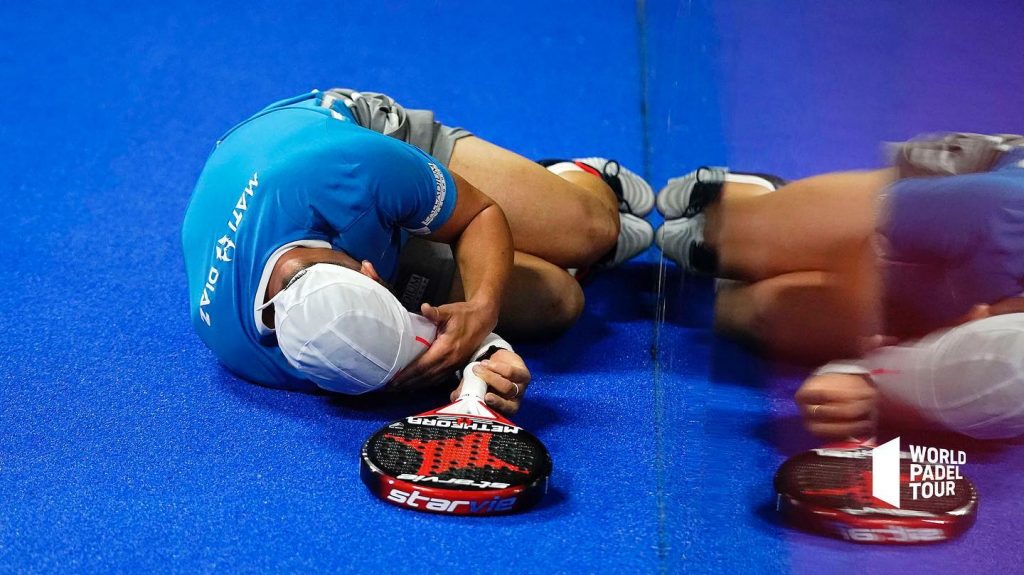











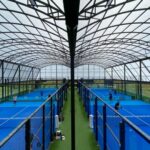




















































































 Soon 10 clubs equipped with Spash technologies in Italy!
Soon 10 clubs equipped with Spash technologies in Italy! Two P1000 doubled prize money approaching!
Two P1000 doubled prize money approaching! José Manuel Escin at the inauguration of Casa Padel DOS: “Finally, and thank you!”
José Manuel Escin at the inauguration of Casa Padel DOS: “Finally, and thank you!” Premier Padel Brussels P2 – The eighths live
Premier Padel Brussels P2 – The eighths live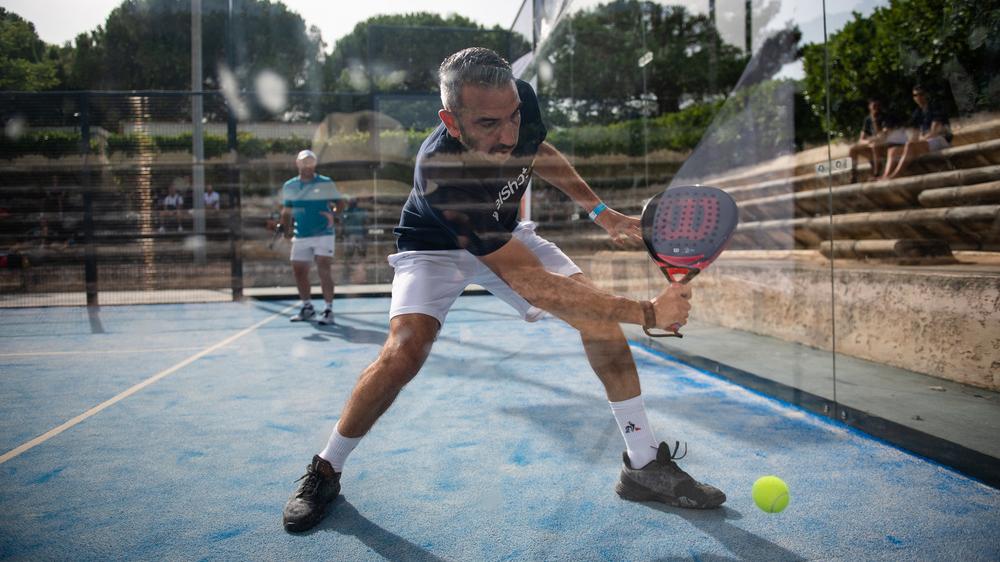 Simon Boissé: “We know that there are two nations in front of us”
Simon Boissé: “We know that there are two nations in front of us” Marie Maligo: “This period of frequent changes of partners was beneficial for me”
Marie Maligo: “This period of frequent changes of partners was beneficial for me”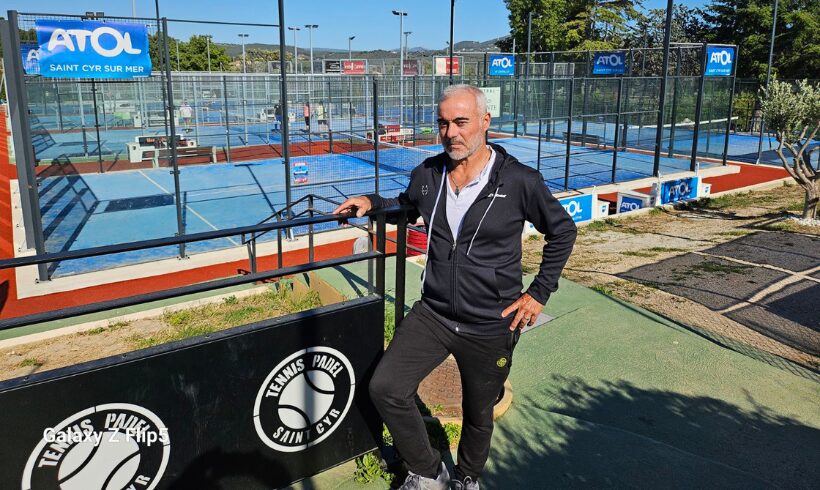 Alain Idier: “Adding tracks of padel, without sacrificing tennis”
Alain Idier: “Adding tracks of padel, without sacrificing tennis”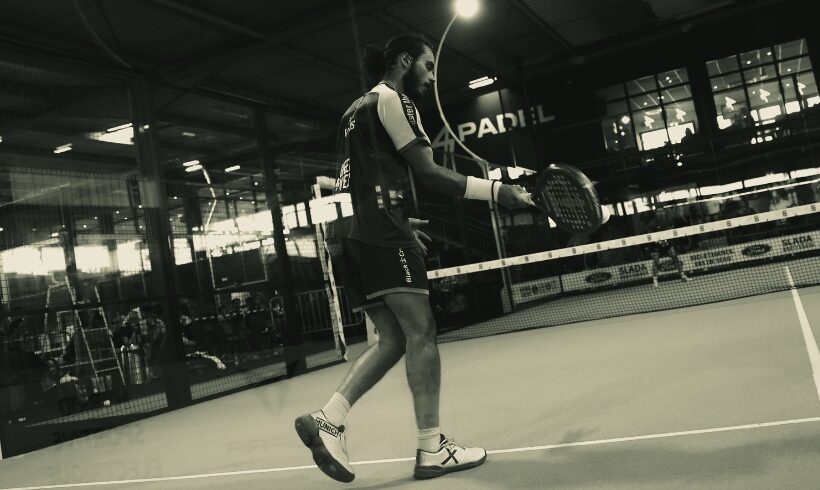 Manuel Vives: “It’s extremely difficult to get by financially”
Manuel Vives: “It’s extremely difficult to get by financially” Padel Score comes to Tahiti for American Express Padel Cup!
Padel Score comes to Tahiti for American Express Padel Cup!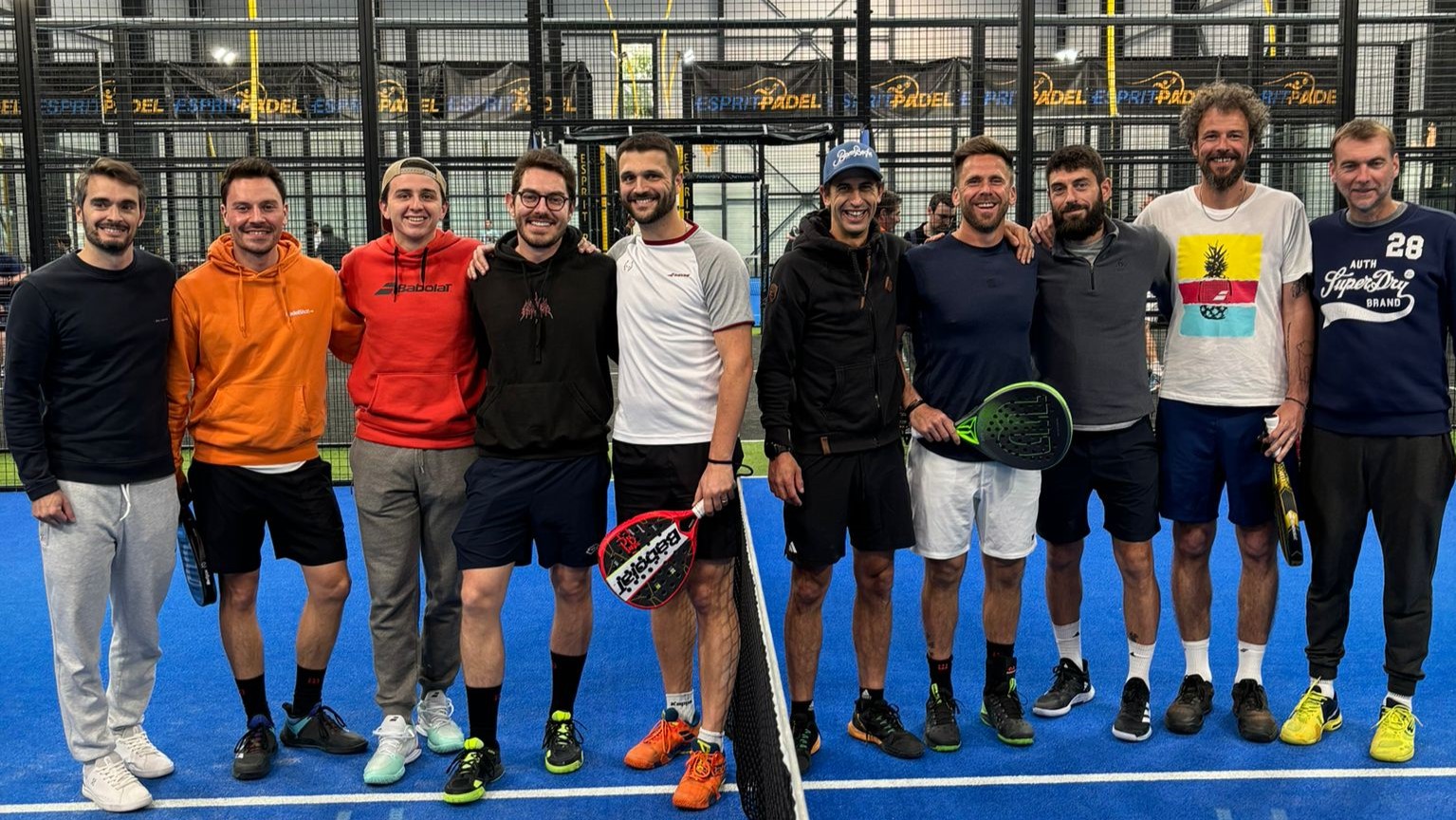 Mind Padel Lyon and the Auvergne Rhône-Alpes League innovate with team tournaments
Mind Padel Lyon and the Auvergne Rhône-Alpes League innovate with team tournaments Premier Padel Brussels P2 – Alix Collombon qualified for the second round
Premier Padel Brussels P2 – Alix Collombon qualified for the second round Nallé Grinda: “Democratize the padel in the USA with PadelX "
Nallé Grinda: “Democratize the padel in the USA with PadelX " It’s off to a bad start for Pincho Fernandez and Javier Barahona…
It’s off to a bad start for Pincho Fernandez and Javier Barahona… Do you know the Rafa Nadal Academy Tour?
Do you know the Rafa Nadal Academy Tour? Play at padel on his yacht? Possible for €233.000!
Play at padel on his yacht? Possible for €233.000! Our Top 10 training courses padel in France and Europe
Our Top 10 training courses padel in France and Europe At the heart of padel – Episode 25: Paul and Andoni answer your questions
At the heart of padel – Episode 25: Paul and Andoni answer your questions Tactical padel – What to do when faced with players who systematically stay at the bottom?
Tactical padel – What to do when faced with players who systematically stay at the bottom? The basic tactics of padel
The basic tactics of padel At the heart of padel – Episode 25: Paul and Andoni answer your questions
At the heart of padel – Episode 25: Paul and Andoni answer your questions At the heart of padel – Episode 23: defend the window well
At the heart of padel – Episode 23: defend the window well Prohibition on playing topless Padel : the reasons
Prohibition on playing topless Padel : the reasons FIP Tour – Going far from Europe, THE strategy to earn points!
FIP Tour – Going far from Europe, THE strategy to earn points! What is a good football player? padel ?
What is a good football player? padel ? “Lefties give me headaches when I play against them!”
“Lefties give me headaches when I play against them!” At the heart of padel – Episode 14: how to earn points in winter?
At the heart of padel – Episode 14: how to earn points in winter? A par 4 is always a winner...even if you manage to defend it!
A par 4 is always a winner...even if you manage to defend it! Carbon fiber VS fiberglass: what to choose?
Carbon fiber VS fiberglass: what to choose? How to effectively test a racket padel ?
How to effectively test a racket padel ? La padel to fight Parkinson's disease
La padel to fight Parkinson's disease Don't play with a cracked or broken racket, your body will thank you!
Don't play with a cracked or broken racket, your body will thank you! Michel Cymes: “The padel, physically, it’s serious!”
Michel Cymes: “The padel, physically, it’s serious!” Jeremy Gala: “Promote the padel among young people in Belgium remains a challenge”
Jeremy Gala: “Promote the padel among young people in Belgium remains a challenge” The French Touch Academy organizes its selection day Padel-Study
The French Touch Academy organizes its selection day Padel-Study Report on the detection and training of younger generations
Report on the detection and training of younger generations